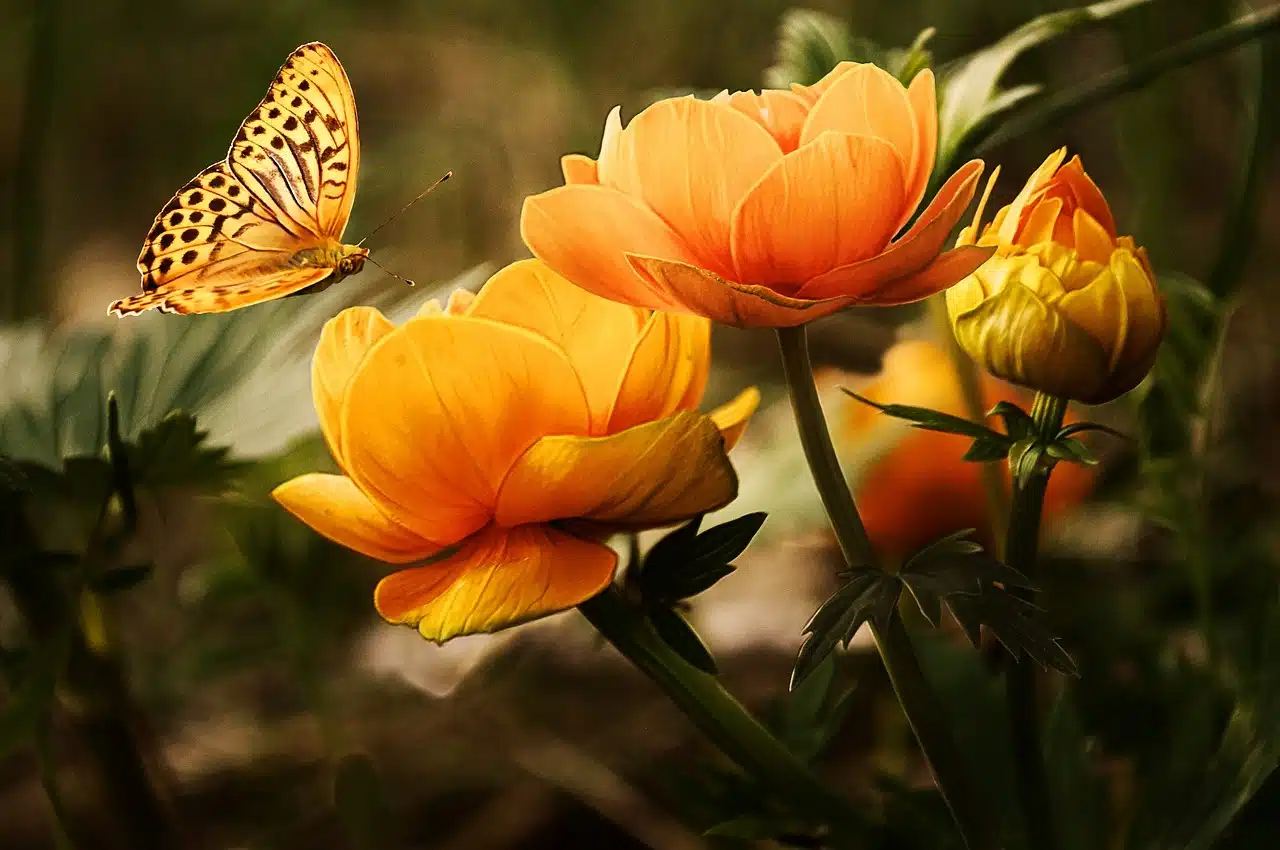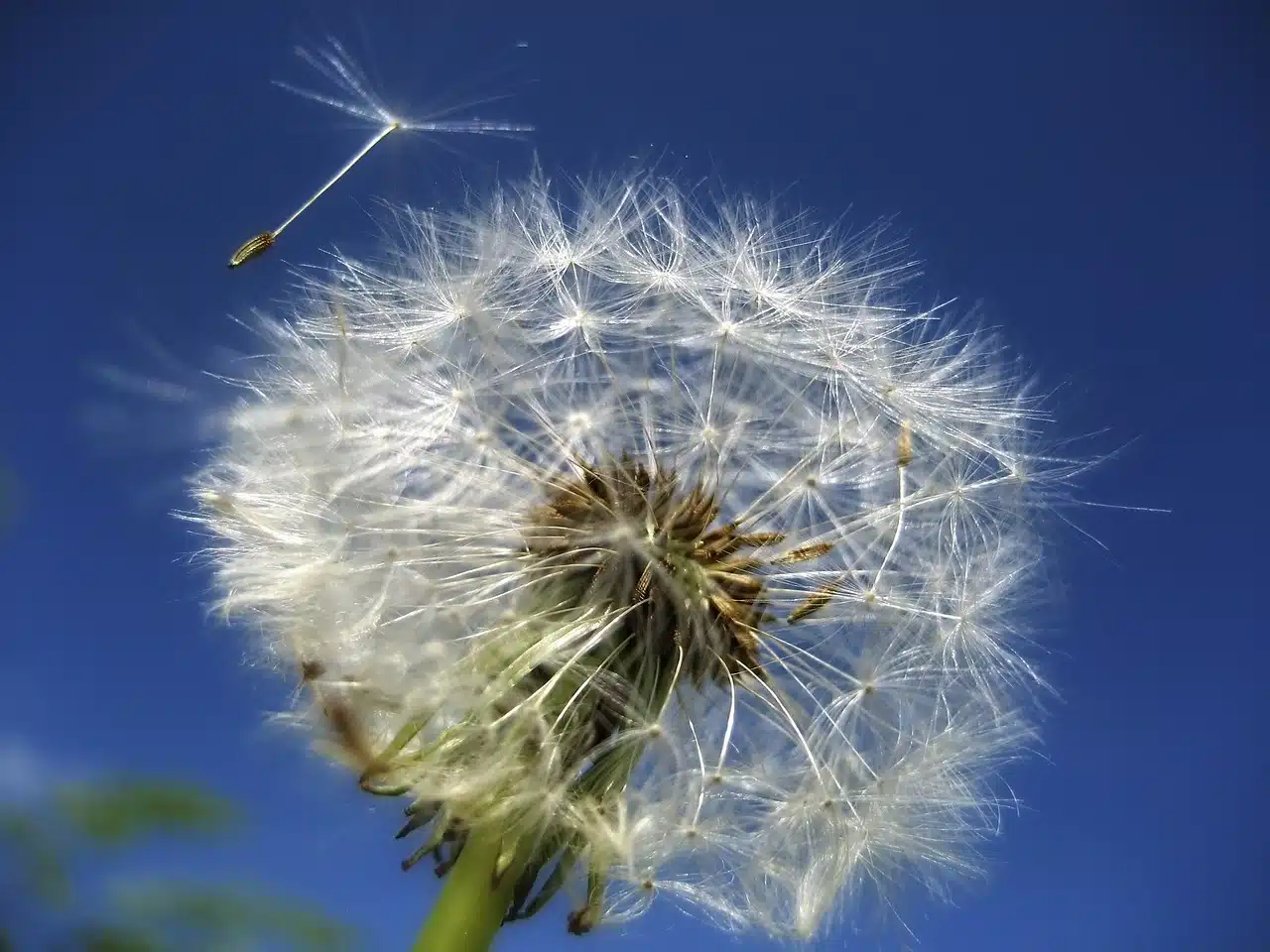
Energy from the sun is essential for plants to carry out photosynthesis, a metabolic process to synthesize organic substances.
Plant reproduction is the mechanism or process through which, as explained by botanical experts, the different classes of plants ( gymnosperms , angiosperms , pteridophytes , bryophytes , etc.) manage to multiply. By deepening the knowledge about the universe made up of ferns , tracheophytes , mosses and other types of flora components, it is possible to notice that they are expanding and increasing in quantity both by asexual reproduction and by sexual reproduction .
In the latter case, as occurs in the sexual reproduction of animals , it is necessary for a female gamete (produced in the gynoecium , also known as the pistil ) to join with a male gamete (emerged in the organ called androecium, which is made up of more than one stamen ).
Beyond structures and phenomena that intervene in the adaptation , survival , characteristics, dispersal and evolution of plants , it is very interesting to keep in mind that many species of the animal kingdom acquire a key role for plant reproduction .
Plant reproduction classes
There are two types of plant reproduction , as we pointed out above.
As alternatives nucleated in the asexual modality, apomixis appears (based on seeds ), vegetative propagation (propelled from an organ, tissue or a cell of a plant), sporulation (typical of ferns and other species that, lacking flowers or from seeds , they multiply through spores ) and budding (unequal segmentation based on the development of protuberances on the structure of the parent). We must also consider in this group the technique aimed at obtaining an organism that is genetically identical to another: cloning . The same with tissue culture , grafting , layering and vegetative multiplication through a cutting .
The sexual reproduction of flowering plants , to point out a specific case, includes the pollination process. In this framework, pollen is transferred from the stamen to the stigma . This case, when the pollen grain ends up fertilizing the same flower , is known as direct pollination or autogamy . On the other hand, if those involved are separate and genetically distinct specimens, then there is allogamy or cross-pollination .
If there are living beings of multiple species intervening, to detail another possibility, the phenomenon is called biotic pollination . Pollination by animals , likewise, can be entomophilous ( pollination by insects ), zoophilic ( pollination by animals that are generally invertebrates), pollination by bats or ornithophilic pollination ( pollination by birds ). Abiotic pollination , for its part, admits the alternatives of water pollination and wind pollination . Before concluding the list of types of pollination, it is interesting to focus on the process called pollination by deception . This is the name given to a mechanism typical of certain angiosperm plants that manage to confuse or deceive inexperienced pollinators by transferring pollen while avoiding rewarding the person who acts as a pollinator.

Proper fertilization for each species enhances plants by providing them with nutrients that allow them to grow and bloom strongly.
Another piece of information: for pollination to be more efficient and floral constancy to be achieved, there are both biotic and abiotic floral syndromes that aim, using some appearance, size, flowering time or other variable, to awaken attraction in a specific type of pollinator .
Conservation and biodiversity
In plant conservation and biodiversity, the collaboration of multiple living beings that populate the planet and favorable conditions for the expansion of species is essential. There is, in the evolutionary phenomenon that seeks the survival of specimens and in the strategies aimed at avoiding the extinction of specimens of flora and fauna, a great impact of human actions.
Artificial selection and natural selection influence and condition, for example, the genetic diversity of crop plants . It must be considered, given this panorama, that the genome is affected by different factors (variability at the genetic level depends on how the karyotype, recombinations and mutations are altered), hence it is necessary to inform oneself and update knowledge if one becomes dedicated to agriculture in order to achieve the best possible yield in relation to crops .
Plant domestication , likewise, is a strategy that gives man control over the reproduction, adaptation and survival of a plant with the aim of taking advantage of the resources generated from said specimen, while ensuring the species conservation .

Plants without flowers manage to reproduce through spores, while pollination is essential for flowering plants to reproduce.
The dispersal of seeds by human action, water, wind or other animals, on the other hand, promotes the expansion of plants throughout various territories. The result is successful, in any case, as long as the seed reaches fertile soil where it can germinate and develop.
Of course, people's actions also have negative effects on the environment. Whether to try to counteract the harmful consequences of certain human activities and to protect species from different kingdoms, it is always advisable to implement strategies and develop plant conservation projects or initiatives.
